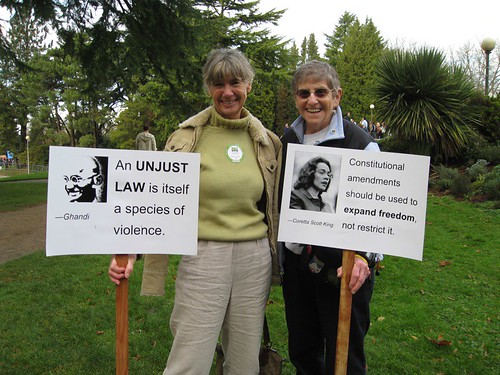Last night a friend asked me what was the weirdest place I’d ever been. I had to pause, and then laugh, because the first answer that popped into my mind was Budapest and second was a Christian Values Conference I attended as a teenager (twice!). I have traveled on four continents: North America, Europe, South America and Asia and visited many places. Yet I feel that there is still so much of the world I haven’t seen. Back to my friend’s question, I started to interrogate what “weird” meant. What is it that makes something strange? Is it merely because it is unfamiliar and out of sync with my own experience of the world? In almost every setting, I recognize myself as the one that is weird, out of place.
I visited Oaxaca, Mexico in 2005, where I saw expansive straw platters heaped with roasted crickets called chapulinas. It seemed weird to me, but I was the odd-woman out; the people around me were delighted by this local treat. Contrast that with my breakdown over schnitzel in Budapest in 1992 and one might draw the conclusion that I am most certainly a strange creature.
I take my cues from the environment and surroundings. The first time I went to France I was 19. We stopped at a rest stop to use the bathroom, but I came up short when I walked in and found a squat toilet. Whatever urges I had that brought me in came to a screeching halt and I decided I could wait until I found a “proper” toilet. Fast-forward 20 years and I mastered these same squat toilets while traveling throughout SE Asia with nary a second-thought. And while the roasted and grilled bugs for sale at the night market still gave me the willies, I recognized that it is only in “the West” that we consider this abundant source of cheap protein inedible.
Does algae growing on snow qualify as weird? Because I’ve seen that in some of the places I’ve hiked. How about little chameleons and anoles hanging out on window screens? We grew up with them decorating our house in SW Florida. I think most Americans would consider that weird. We were Jewish in a sea of Christians, weirdos without a television or air conditioning. And on top of that, I was an identical twin in a time when we were considered oddities.
Which brings me back to the Christian Values Conference. It was a week-long camp/retreat for high school students, held in the Blue Ridge Mountains of North Carolina. My sister and I weren’t the only Jewish kids to attend, but we were among the few. Since the ratio was pretty much the same as our high school, it didn’t feel that strange. Or rather, once again, I was the strange one. As far as camps go, I think it probably sounds more exotic than it was. The kids were all friendly and sweet. I loved the boys from Alabama and Georgia with their gorgeous southern drawls. We were divided into groups of 10 and for the week, this was our “family.” The second year I attended, the organizers wanted to include proper Bible study into the session. When my “family” found out I was Jewish, they unanimously decided to skip the Bible study out of respect for me (although I had a sneaking suspicion that most of them didn’t like it and used me as a convenient excuse, which was fine by me)! We all got along fantastically and I had a blast. There was singing in the morning and evenings, and when they would sing about Jesus, I would just hum or skip saying “Jesus”.
In my interrogation of weird places, it comes down to me. I am the common factor of strangeness. I am the stranger, the strange one, visiting strangeness until it becomes familiar.





